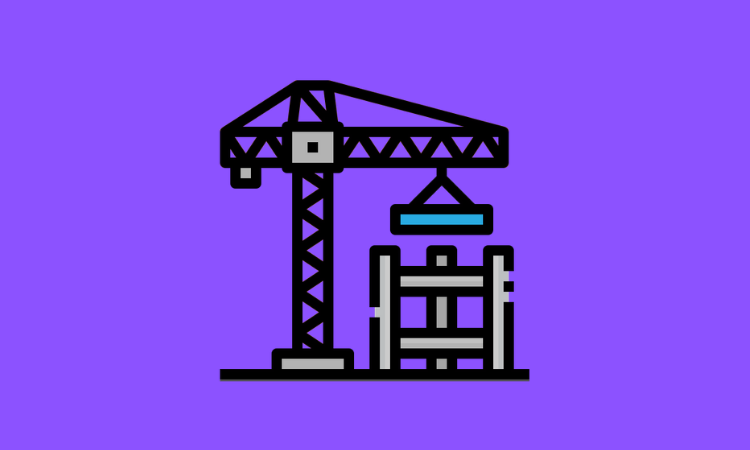Member Exclusive, New banks
‘Banking enables us to play a bigger role in our customers’ lives’: Stash CEO Brandon Krieg
- The banking and investing platform has grown a lot during the pandemic.
- CEO Brandon Krieg joins the Tearsheet Podcast to pull back the curtain on what's driving that growth.





